by SUNDER KATWALA
BRITAIN feels deeply divided. The sense of a more fragmented, fractious society than any of us find comfortable has, ironically, become at least one thing we can all agree on. There is a public appetite for shared moments that can bring us together – and a concern that they seem few and far between.
The First World War centenary commemorations did succeed in transcending these divides. They took place across five years of unprecedented political volatility, yet broad public approval of the tone and content of the centenary, and significant public participation in it, spanned the nations of the UK.
The inclusion of a major arts programme for the centenary, the 14-18 NOW programme, helped the centenary to reach people who might engage less with traditional approaches to commemoration, bridging the cities and the towns, reaching across generations and ethnic groups.
A major conference this week, Now the Future, brought together leading policy-makers and artists to consider the legacy and future lessons from this programme. A new British Future report, Crossing Divides, published at the conference, made recommendations for the future that were informed by research with artists and cultural institutions in each of the four national capitals of the UK, and group discussions with the public across the country.
In Leicester, England’s most ethnically diverse city, we discussed work including Xenos, Akram Khan’s dance production about Indian soldiers. British Asian and white participants shared a view that cultural activity could play an important role in exploring identity today, also seeing this as a way to increase social contact and to discover common ground.
The enormous Commonwealth contribution to the First World War became not a minor tributary but a major theme of the centenary. This was the area in which public understanding grew most, in British Future’s broader research tracking public responses to the centenary. Seven out of ten people now know that Indian soliders fought in the First World War – while only four in ten had been aware of this before 2014.
This partly reflected a subtle shift of thinking, over the last five years, about who this story was relevant to. There was a strong initial focus on minority inclusion: engaging South Asian communities on this theme would help to ensure that they saw the centenary as relevant to them.
There has been enormous pride in the Sikh contribution among British Sikhs, while increased awareness of the 400,000 Muslims who fought for Britain a century ago can challenge prejudices today. There was an increasing understanding that the story of the Indian Army is not Indian history, relevant to south Asians in Britain, but one important chapter in the shared history of Britain, which should belong to us all.
That journey offers broader lessons for arts policy. Taking ethnic diversity seriously has become an increasing area of focus since the 1990s, though Arts Council England’s strategic vision for the 2020s acknowledges the challenges of achieving that vision,
reporting “although awareness of the issue is greater than it used to be, there remains a persistent and widespread lack of diversity across the creative industries and in publicly funded cultural institutions”.
That slow pace of change is a source of frustration among black British and Asian artists, but not the only one. There is a tension between seeking opportunities to tell ‘untold’ stories as the authentic ethnic minority voice of this missing perspective and only being asked to tell these stories. British Asian artists often speak of narrow expectations
from commissioners and producers, so that only the most established names getting the chance to take on more universal stories too.
A new 10-year Arts Council England strategy is a timely opportunity to rethink arts policy towards equality and diversity. Moving beyond the ‘deficit’ approach to diversity will require faster progress within the cultural workforce. Paying as much attention to leadership and governance as to visible diversity on stage and screen may help to square this circle of how to reflect Britain’s growing diversity without slotting it into pigeon-holes. Firmer, timetabled commitments to more diverse boards are needed unless the arts and heritage sectors would be content to have less ambitious strategies than the expectations now placed on
FTSE 100 boardrooms by recent governing reviews.
Strategies for equality can best respond to these polarised times by rejecting a ‘competing grievances’ frame which asks whether ethnic minority inclusion or the white working-class merit priority. Most ethnic minority Britons are in social grades C2DE, but ethnic diversity and social class outreach have mostly run on parallel tracks.
Major institutions should certainly be expected to reflect the growing diversity of British society today – alongside a new emphasis on showing how some of their work seeks to build common ground across ethnic, faith, class and other social divides.
- Sunder Katwala is director of British Future. The new report Crossing Divides can be read at www.britishfuture.org





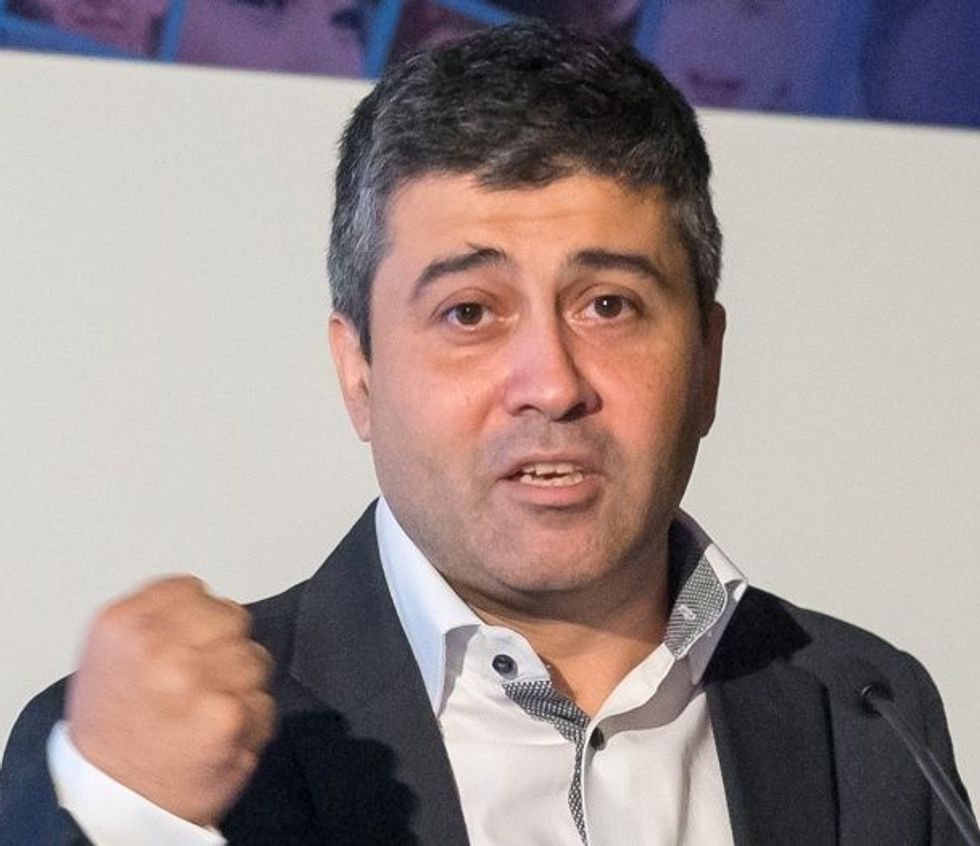











 Ajay Devgn
Ajay Devgn  Chhaya Kadam
Chhaya Kadam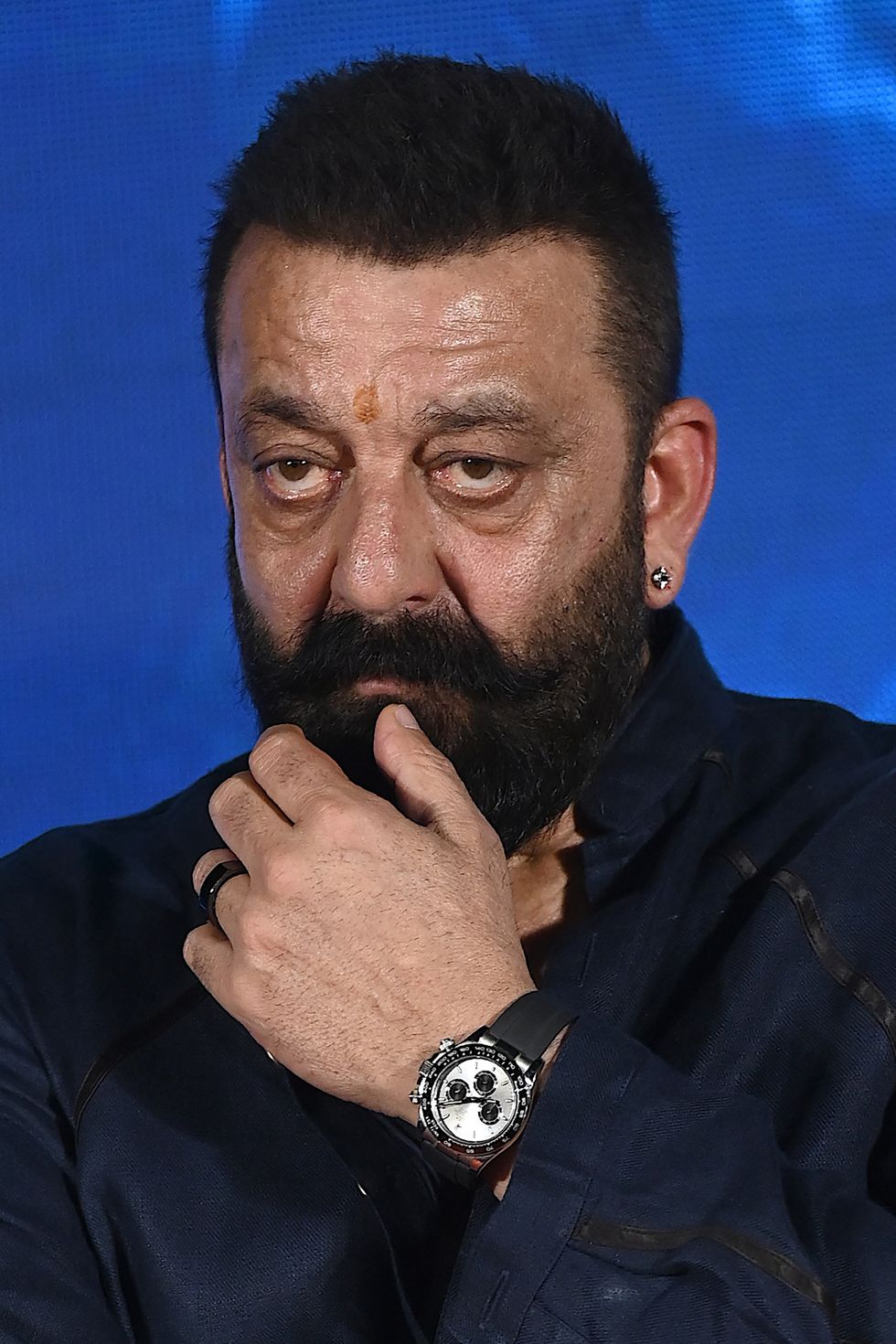 Sanjay Dutt
Sanjay Dutt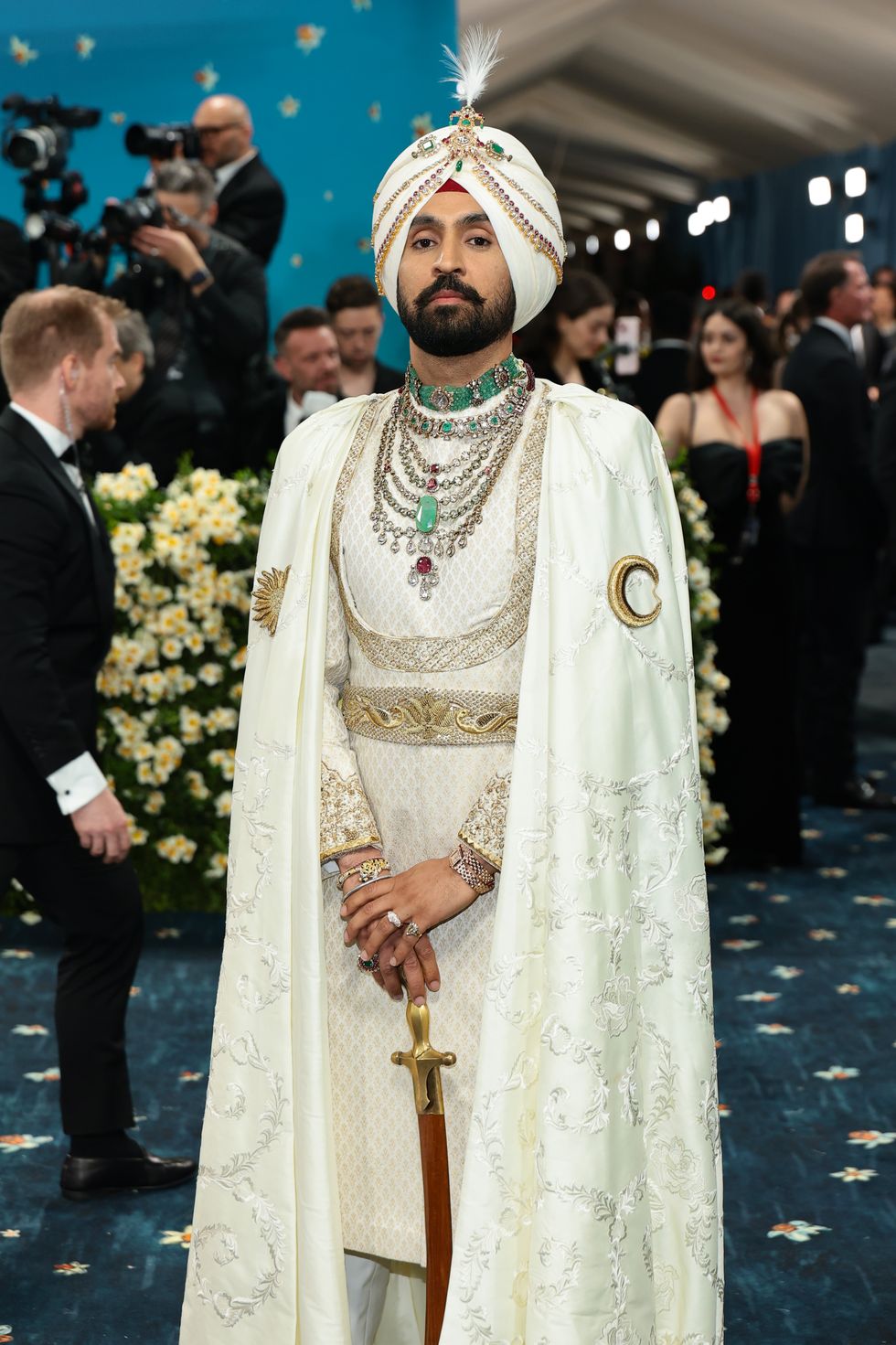 Diljit Dosanjh at the Met Gala
Diljit Dosanjh at the Met Gala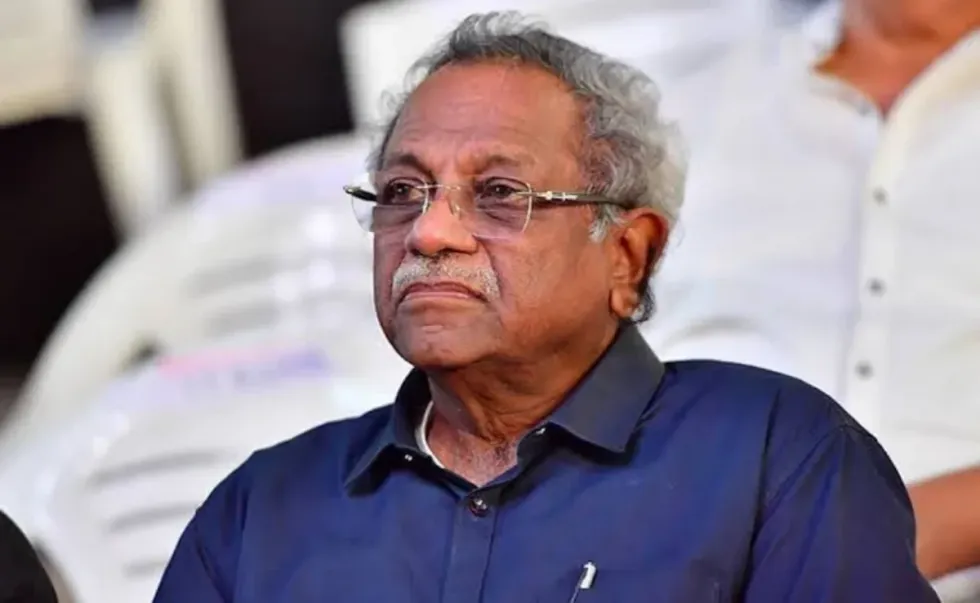 Shaji N Karun
Shaji N Karun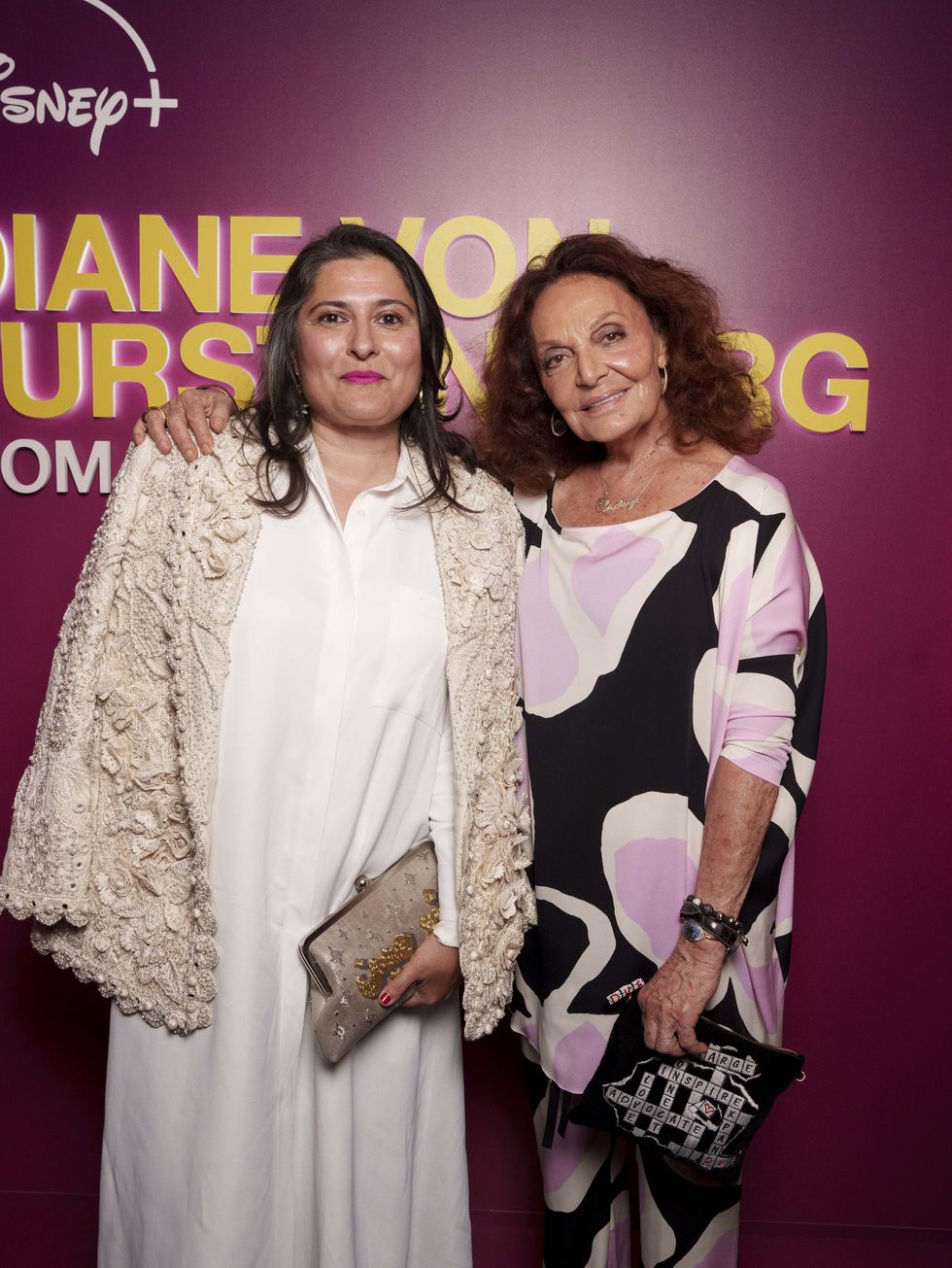 Sharmeen Obaid-Chinoy with Diane von Furstenberg
Sharmeen Obaid-Chinoy with Diane von Furstenberg Shah Rukh Khan at the Met Gala
Shah Rukh Khan at the Met Gala Brown Girls Do It Too: Mama Told Me Not To Come
Brown Girls Do It Too: Mama Told Me Not To Come Kesari Veer
Kesari Veer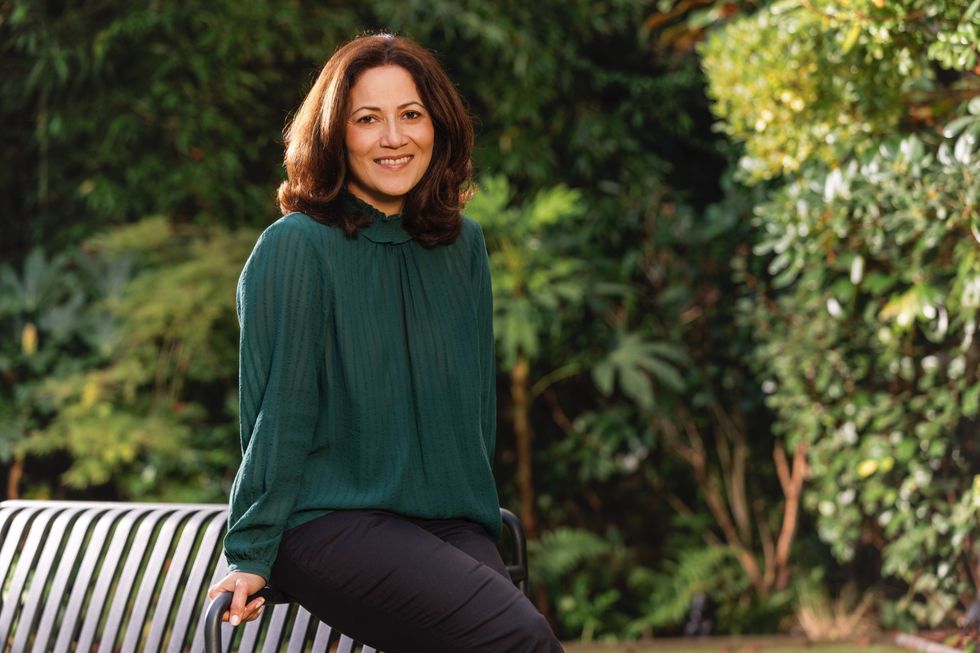 Mishal Husain
Mishal Husain

 Nigel Farage
Reuters
Nigel Farage
Reuters

 Sunder Katwala
Sunder Katwala